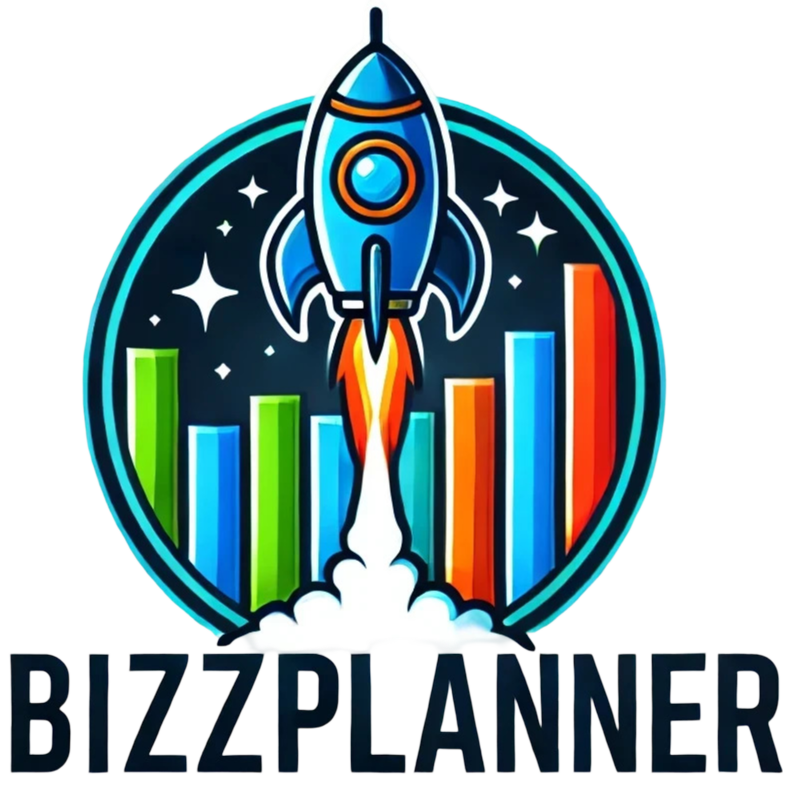Creating a customer persona can feel like trying to find a needle in a haystack. With so many potential customers out there, how do you pinpoint exactly who your ideal audience is? It’s easy to get overwhelmed, but don’t worry—you’re not alone in this struggle!
Stick around, and I promise that by the end of this guide, you’ll have a clear roadmap to crafting effective customer personas. You’ll discover actionable steps that make the process manageable and even a bit fun.
We’ll dive into everything from collecting data to humanizing your personas, and how to actually use them in your business strategy. Grab a snack, get comfy, and let’s get started on this journey together!
Key Takeaways
Stefan’s Audio Takeaway
- Start by gathering diverse customer data through surveys and analytics to understand your audience.
- Segment customers into groups based on shared traits to tailor your marketing strategies effectively.
- Create detailed customer personas that represent each segment, including personal details and challenges.
- Add personality to your personas to make them relatable and memorable for your marketing team.
- Present your personas in a clear, engaging format that everyone on your team can easily access.
- Use personas to guide business strategies, adjusting marketing messages and product development accordingly.
- Regularly collect feedback and update personas to ensure they stay relevant and effective.

Step 1: Research and Gather Customer Data
The first step in creating detailed customer personas is to collect a variety of customer data.
Utilize both qualitative and quantitative data sources for a well-rounded view.
Surveys, interviews, and focus groups can provide qualitative insights, while web analytics give you numeric details on customer behavior.
Consider what platforms your customers engage with and their behaviors along the buying journey.
Make use of tools like Google Analytics to understand where your traffic comes from and how users are interacting with your content.
Remember, a solid understanding of your audience can transform how you approach your marketing strategy.
Step 2: Segment Your Customers into Groups
Once you have a heap of information, it’s time to sort your customers into segments.
This means grouping them based on shared characteristics like demographics, purchasing habits, or interests.
For instance, you might find one group is mainly young professionals interested in eco-friendly products, while another is retirees looking for practical solutions.
Segmenting your customers helps you tailor your messages for each group, making your marketing efforts way more efficient.
You can use tools like CRM software to automate this process and create distinct categories.
Don’t forget to revisit your segments regularly as your customer data and market trends evolve.
Step 3: Build Detailed Customer Personas
Now that you have your segments, it’s time to turn them into full-blown customer personas.
A customer persona is a fictional character that embodies the traits of a specific segment.
Start by gathering information like names, ages, job titles, and motivations – give them a persona that feels real.
For example, “Eco-Friendly Emma” might be a 28-year-old urbanite who prioritizes sustainability in her purchases.
Include her likes, dislikes, and daily challenges to flesh her out, and don’t shy away from adding a bit of humor or personality to make them relatable.
Utilizing visual aids, like infographics, can help your team better understand and remember these personas.
Additionally, you can create personas quickly with automation tools that pull your data and generate profiles based on the patterns observed, saving you from the tediousness of doing it all manually.

Step 4: Humanize Your Customer Persona
Bringing your customer persona to life is about making them relatable and memorable.
Start by giving them a name, a picture, and a backstory to help your team connect with this fictional character.
Think of them as a friend or a colleague; what are their hopes and dreams, challenges, and quirks?
For instance, “Social Sarah” might juggle work, social media, and a passion for travel.
Understand her motivations and her pain points by considering her daily life.
Use direct quotes from actual customers to make her struggles more authentic and relatable.
This human touch helps your marketing team visualize whom they’re targeting, making your campaigns more effective.
Step 5: Organize and Present Your Persona Effectively
Now that you’ve created rich, vibrant personas, it’s time to organize them.
A good customer persona should be easily digestible for everyone on your team.
Consider creating a one-page profile that summarizes key details about your persona.
This could include their demographics, goals, challenges, and interests.
Utilize visual elements like charts or infographics to present data clearly.
Tools like [Canva](https://www.canva.com/) can help you design these profiles in a visually appealing way.
Remember, share these personas across your organization; the more familiar everyone is with them, the better your strategies can align with customer needs.
Step 6: Use Your Persona in Your Business Strategy
Integrating your customer personas into your business strategy is where the magic happens.
These personas should guide your marketing messages, product development, and even customer service approaches.
For instance, if “Eco-Friendly Emma” cares about sustainability, highlight your green practices in marketing communications.
Connect personas with business KPIs for a deeper understanding of their impact on your bottom line.
By evaluating how your targeted campaigns perform against these personas, you can refine your strategies over time.
Use feedback loops to correlate persona insights with actual sales data, guiding new promotions or product launches.
Remember, customer personas are not set in stone; they must evolve with your business and market trends.
Step 7: Collect Feedback and Make Improvements
The journey doesn’t end after creating and implementing your personas; feedback is essential.
Collect insights regularly from both your team and customers to refine your personas.
Use surveys or informal check-ins to understand if your personas still align with your audience’s beliefs and behaviors.
Consider leveraging tools that pull real-time data, so you can update personas quickly without starting from scratch.
This helps maintain relevance, especially in rapidly changing markets.
Remember, utilizing aggregated data helps protect customer privacy while enriching your insights.
With continuous improvement, your customer personas will remain useful tools in driving your marketing initiatives.
FAQs
Customer data forms the foundation of effective personas. It helps businesses understand customer behaviors, preferences, and pain points, enabling targeted marketing strategies and enhanced customer experiences.
Effective customer segmentation involves grouping based on shared characteristics like demographics, purchasing behavior, and preferences. Utilize data analytics tools to identify trends and create meaningful segments.
To humanize your persona, include relatable details such as personal interests, motivations, and challenges. Use real-world scenarios or quotes to add depth, making it easier for your team to connect with the persona.
Feedback ensures your personas are accurate and reflective of real customer experiences. It helps identify areas for improvement, allowing for continuous refinements to better align your business strategy with customer needs.
